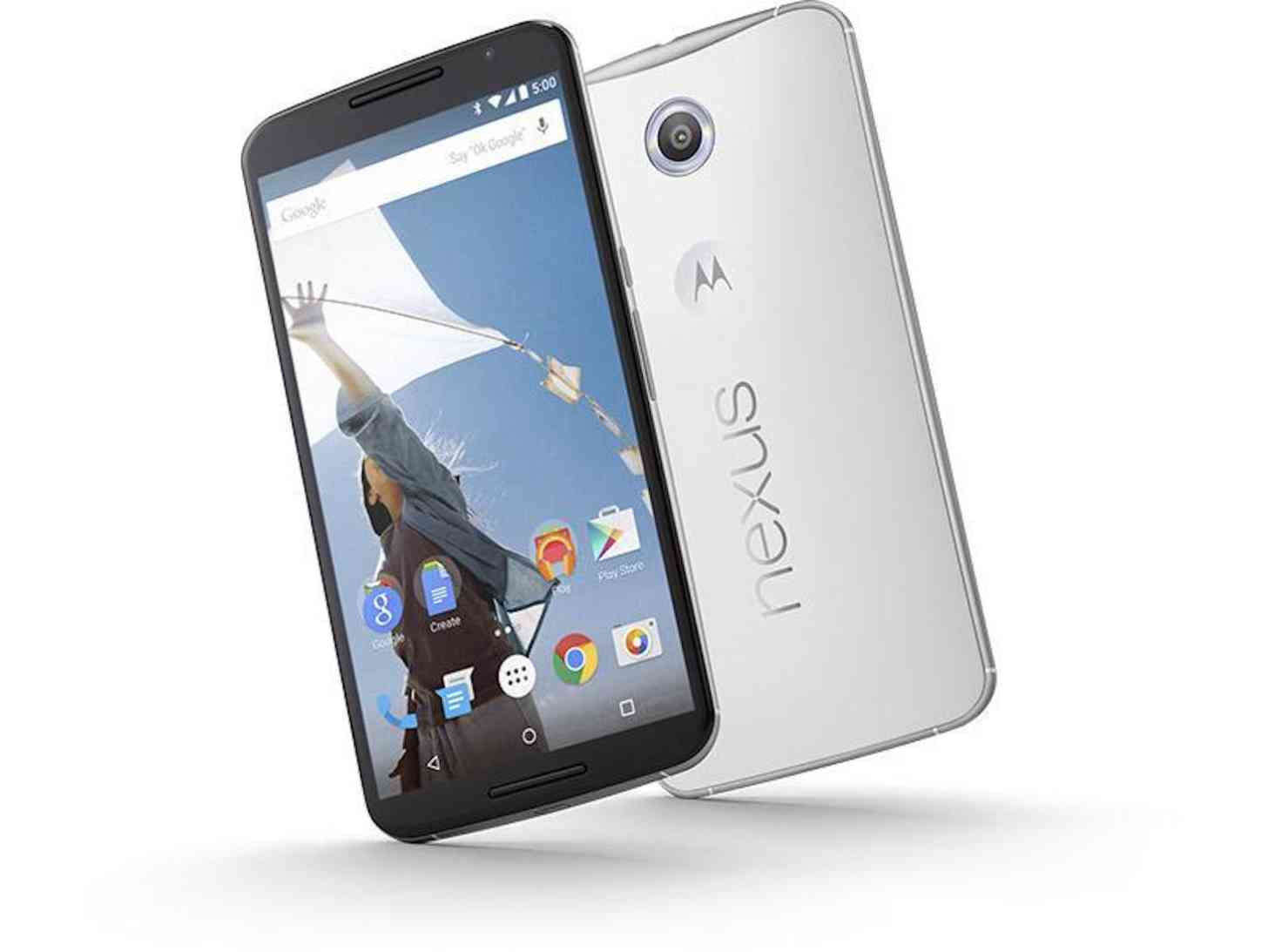
Recently, a report cropped up that suggested Google has some changes in store for its Nexus lineup, at least as far as its smartphones are concerned. In it, we’re told that the Mountain View-based company wants to take a bit more control over the whole development process, and, essentially take an “Apple-like” approach to how its smartphones find their way to consumers.
If the report pans out, that means in 2017 (as it’s still rumored that HTC has a Nexus phone coming this year) Google could release a Nexus-branded smartphone that they manufactured, and put together the software, too. So, while like Apple, yes, it would be more similar to how Google released its Pixel C tablet. Which honestly makes more sense, anyway.
Anna already talked about Google taking over more control in the process, but there was something in that initial report that stood out to me. I honestly don’t think Google taking over more control of the Nexus smartphone lineup really matters to anyone else other than Google, at least not anytime soon.
Instead, there was a part about Google employees having apparently been unsatisfied with how Nexus smartphones have been handled in the past. Specifically, it noted that some within Google believe that Nexus smartphones should be more expensive. And, on top of that, some believe Nexus smartphones should be released through carriers, and carriers only.
Basically, it sounds like there’s a lot of back-and-forth for what should happen to the Nexus smartphone lineup.
That carrier part really grabbed me. So far, Google has only launched a couple of its Nexus smartphones directly through carriers here in the United States. The fist was the Galaxy Nexus, manufactured by Samsung, and available from a few different carriers, including Verizon Wireless. As far as releases go, it wasn’t lauded as the best. And if Google’s actions with the subsequent Nexus-branded smartphone were any indicator, the sales weren’t good enough to go that same route again.
But, Google would eventually give it another shot. Interestingly enough they did it with one of their most expensive devices to date, the Nexus 6. That particular handset was available through carriers, too, with branding and all that jazz. Again, it doesn’t seem like the availability through carriers helped anything all that much. Here we are with two new Nexus smartphones, the Nexus 5X and Nexus 6P, and Google’s selling them directly to consumers again.
And let’s be clear: The Nexus 5X and Nexus 6P aren’t as expensive as they could be. They’re both worthwhile devices, especially with the latter, and both of them come with markedly reasonable price tags. Of course, Google isn’t selling its Nexus smartphones in the same category as Apple, or Samsung, but considering they’re price points and the specs included, it wouldn’t be hard to fathom that they’re doing well in sales, for Nexus devices.
Until the Nexus 6, I haven’t equated the Nexus smartphone lineup as one that has flashed around high price tags. In fact, when the Nexus 6 was announced and the price was confirmed, I immediately thought it was too expensive — especially for a Nexus smartphone. I guess I had just grown accustomed to the phones not being too expensive, so seeing it finally happen was a bit of a letdown.
But, just looking back, I don’t think carrier launches have helped the Nexus lineup all that much. Not with brand recognition, either. Google’s Nexus 6 was going up against Apple, Samsung, HTC, and even Motorola — as a Motorola-branded device.
That could change in the future, though, and I’m genuinely curious to see if a truly Google Phone could turn things around in that sense. But I think Google can do that without carriers, too. At least, unless Google truly wants to start competing with Apple directly in manufacturing smartphones, and then maybe carrier availability is a necessity.
What do you think?